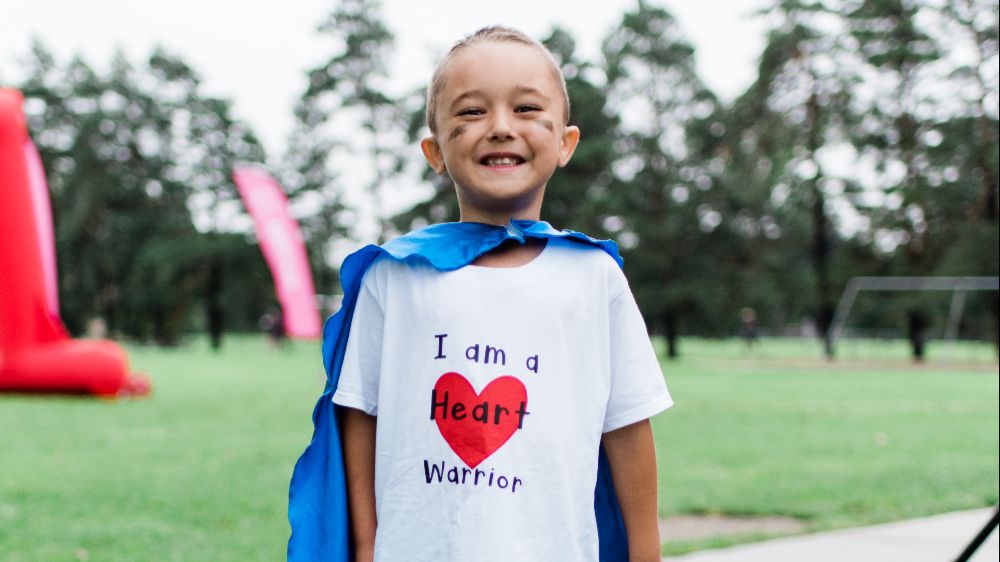
With the help of our generous supporters, The Children's Heart Foundation has funded nearly $20 million of CHD research and scientific collaborations.
View all of our funded research below. Use the search tool to filter by Doctor's Name, Project Name, Hospital/Institution, or Year funded.
"A tissue engineered contractile Fontan circuit for single ventricle patients"
Margaret Rose Ferrari BS, MS
University of Colorado, Denver
Colorado
2019
Collaboratively funded through The Children's Heart Foundation and American Heart Association's Congenital Heart Defect Research Awards.
"Single ventricle disease is a severe congenital heart defect that affects 5 in every 100,000 live births in the US. The current standard of care involves three open-heart surgeries, but recent findings suggest that this treatment method is inadequate for long-term organ support due to congestion within the implanted conduit. Tissue engineered solutions that grow and remodel with the child have been developed for single ventricle patients, but none aim to decrease the high central venous pressures within the conduit. A promising solution for reducing these pressures is a contracting tissue engineered graft that initiates fluid movement after implantation, reducing the likelihood of congestion and high pressures that lead to organ failure. However, no one has studied autologous iPSC cardiomyocyte (CM) contraction of a tissue engineered conduit. Therefore, the overall goal of this project is to investigate iPSC-CM activity on a tubular, nanofibrous tissue engineered scaffold. This study is driven by the overall hypothesis that iPSC-CM induced radial contraction of a tissue engineered conduit will initiate fluid movement within the conduit. To test this hypothesis, we propose the following specific aims, 1) construct a polymeric conduit that encourages iPSC-CM organization and function and 2) determine the conduit function under simulated physiologic conditions. Aim 1 will characterized iPSC-CM behavior on a tubular electrospun scaffold with varying porosity and alignment, determined by the presence of contractile proteins and genes essential for cardiomyocyte function. Aim 2 will mature the conduit in vitro using a physiologic flow pump and electrical stimulation, followed by monitoring iPSC-CM induced radial contraction and pressure changes within the conduit. These studies will be the first to demonstrate a biological treatment option for SVD patients that uses their cells to propel fluid for maintenance of healthy CVP post-Fontan."



